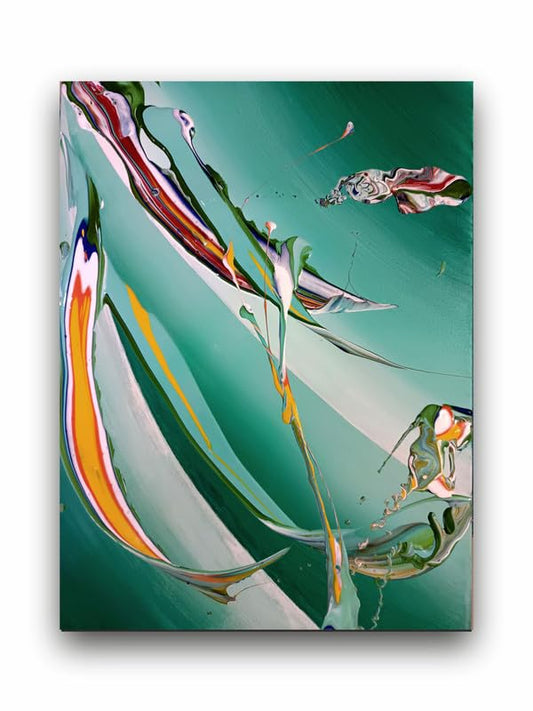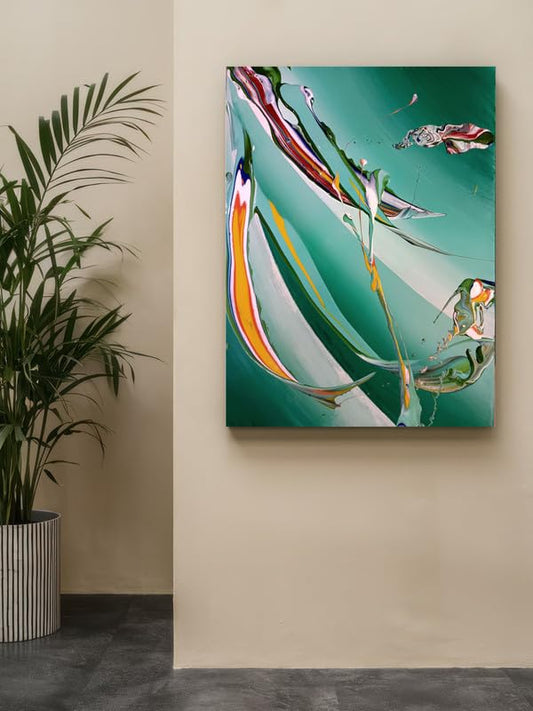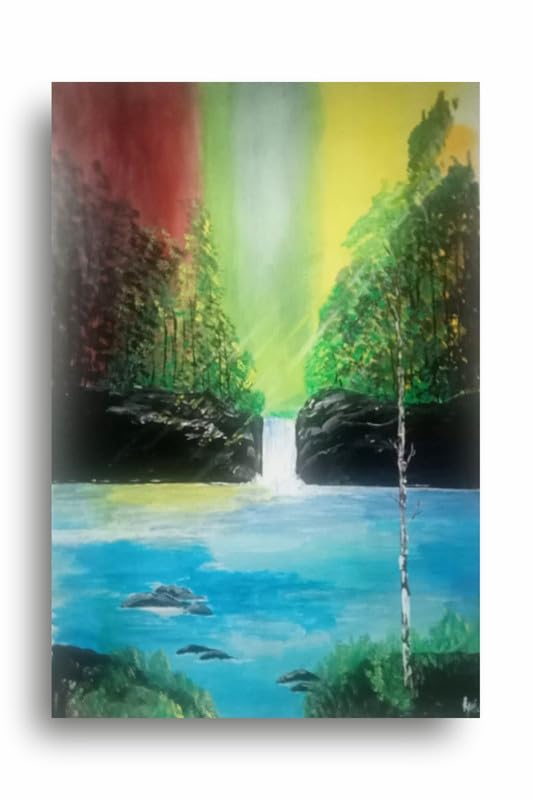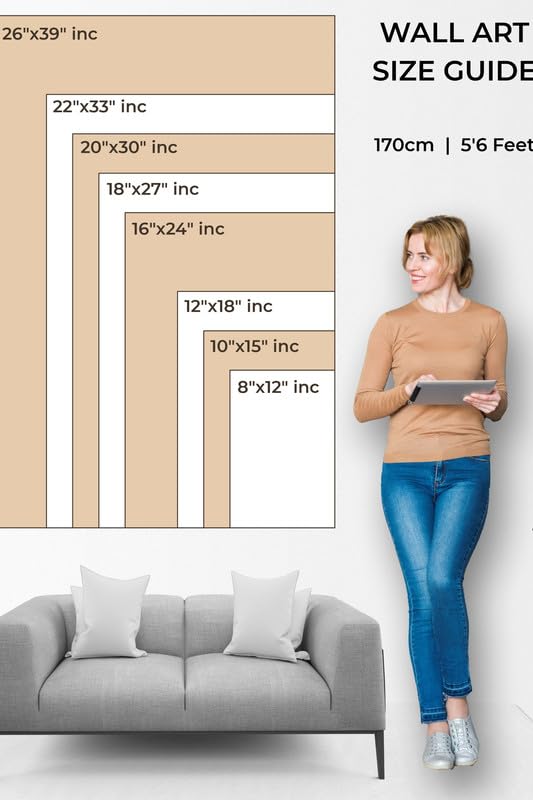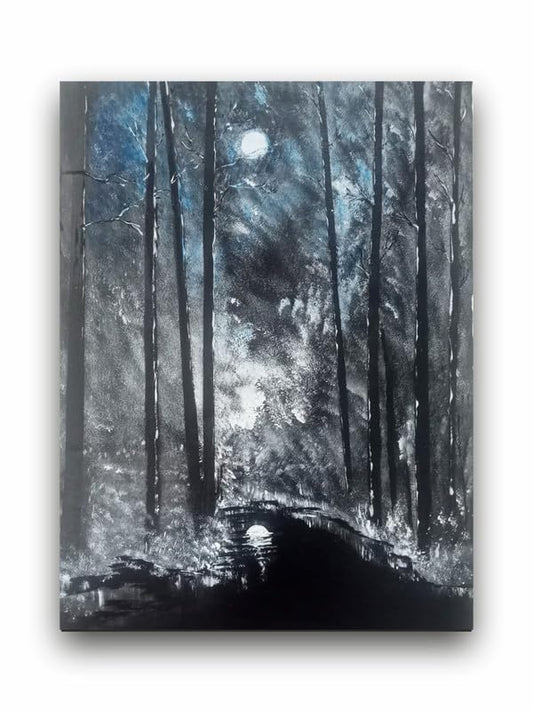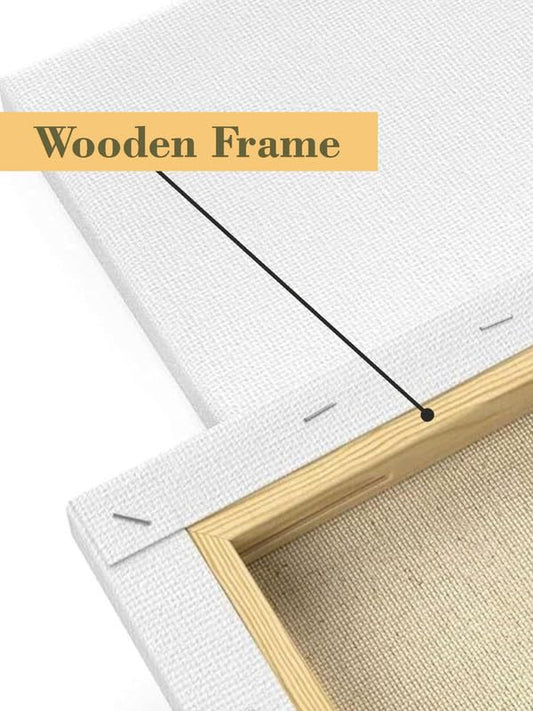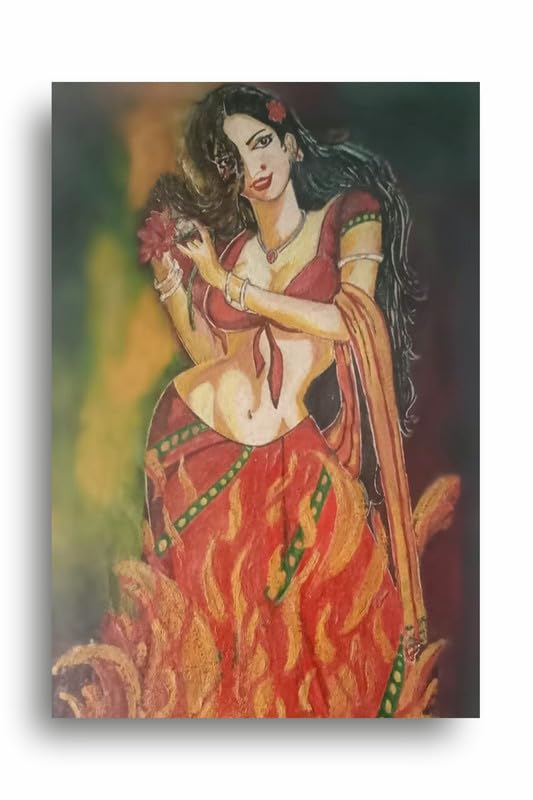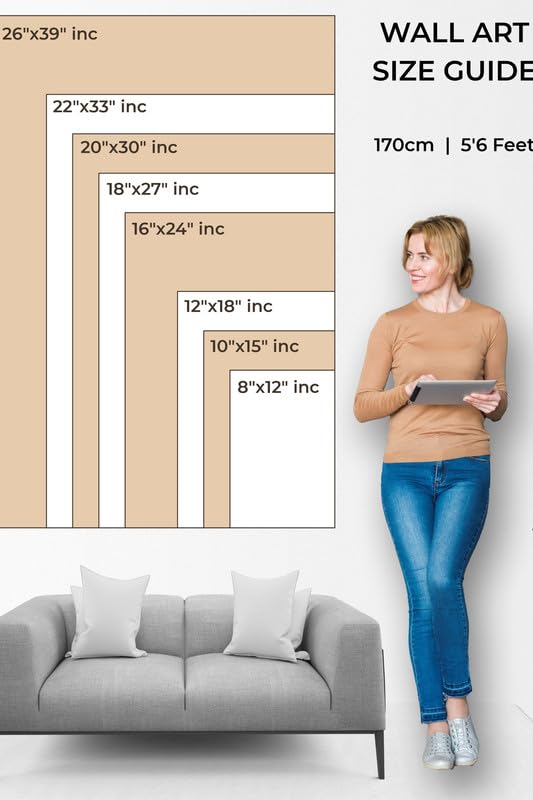
To Add Layers to Your Abstract Art for More Depth
To Add Layers to Your Abstract Art for More Depth
Abstract art is all about emotion, form, and color exploration. Adding layers to abstract art is one of the best ways to give more depth to this sort of art. Depth in abstract art doesn't necessarily mean achieving a three-dimensional effect; it's about making an artwork feel alive with energy, engagement, and vitality. More layers on your piece, literally and figuratively that is, can bring more visual and emotional interest to your work. Here are some methods on how to increase the depth in your abstract art.
1. Multiple Layers of Paint
The most basic technique for adding depth is through applying multiple layers of paint. Just start with a base layer of color or texture. Wait for the paint to dry, then apply a new layer with a second color or tone. Be patient and wait for each layer to dry entirely before applying the next layer. If you don't, the colors will just become muddled and you will no longer have a sense of space. This will enable the colors to play off each other, creating a more intricate, three-dimensional effect in your abstract piece. You can also use glazes or layered transparent colors to create subtly deepened and richened colors.
2. Add Texture
One of the very versatile tools available in abstract is texture. A painting might well achieve thick impasto through palette knife marks or include materials such as sand or pieces of fabric, which add to the texture. This may catch light differently across textured areas, thus producing shadows and highlights to raise the illusion of depth. Layer different textures so that the viewer is able to follow the expression of each element in the painting.
3. Play with Light and Shadow Shadows can make all the difference in making depth seem to have some kind of substance. Areas of light and shadow can make elements in your painting seem to recede or come forward. You don't necessarily have to be realistic here; abstract shadows can be wildly exaggerated or stylized. The artist must also change shades from darker tones in some areas and lighter tones to suggest certain parts are closer to the viewer, creating an illusion of a distance. The contrast between the light and dark is giving this artwork a dynamic relationship.
4. Variation of Brushstrokes and Techniques
The different brushstrokes convey a sense of movement and depth. Loose, sweeping strokes often have a more fluid, more immediately felt sense; more controlled, tighter strokes create the feeling of detail or focus. You can use varying brushstrokes to lead the viewer's eye and create a rhythm in your composition. Consider combining different painting techniques, from blending with a dry brush to spattering for texture, to keep the layers interesting and multifaceted.
Use Contrast and Color Theory
Another important way to achieve depth with color is by using color contrast. Warm colors-think of the colors of autumn leaves-such as orange, yellow, and red Advance, and cool colors-think of colors of a clear summer day, such as blue, green, and purple-recede. Using contrasting colors side by side creates space and gives dimension to your art. Contrasting light and dark will also have your viewer's eye drift over certain areas of an artwork, adding depth and movement.
6. Add Mixed Media Elements
Add mixed media elements to your abstract painting like collage, ink, or paper, introducing another dimension beyond simple paint. Collage adds interesting visual value and texture to your abstract work. Pen and ink add subtle detail, a sketchy feel to elements. In this example, the different media creates contrast in texture and in tone, hence making a complex narrative and a complexity of visuals in your abstract composition.
Conclusion
Adding layers to abstract art does not mean to merely lay a pile of paint. Instead, it is creating a visual and emotional picture for the viewer. With texture, light, shadow, contrast, and mixed media, you could convert that two-dimensional composition into an interesting piece full of movement and depth. These techniques lead to experimentation, which in turn raises your abstract art to be even more profoundly powerful to anyone viewing it.
To Add Layers to Your Abstract Art for More Depth

